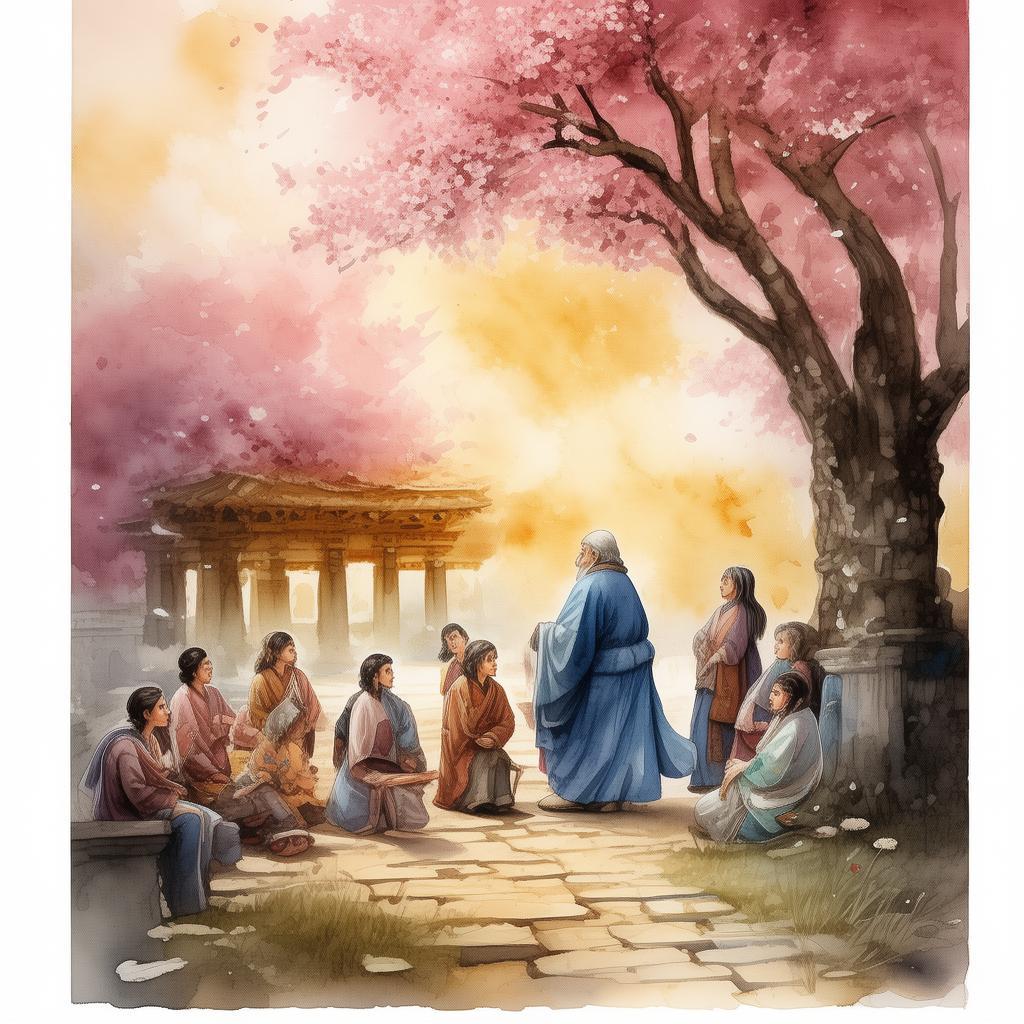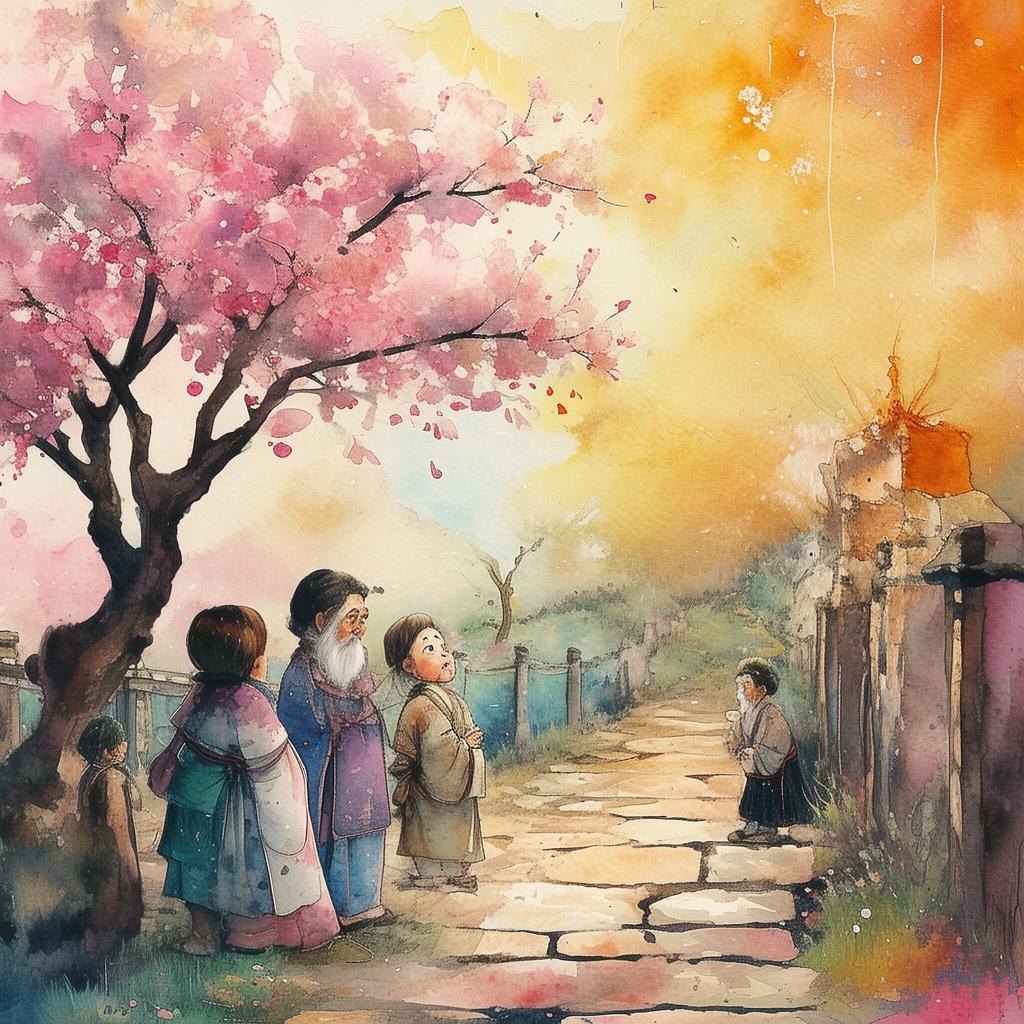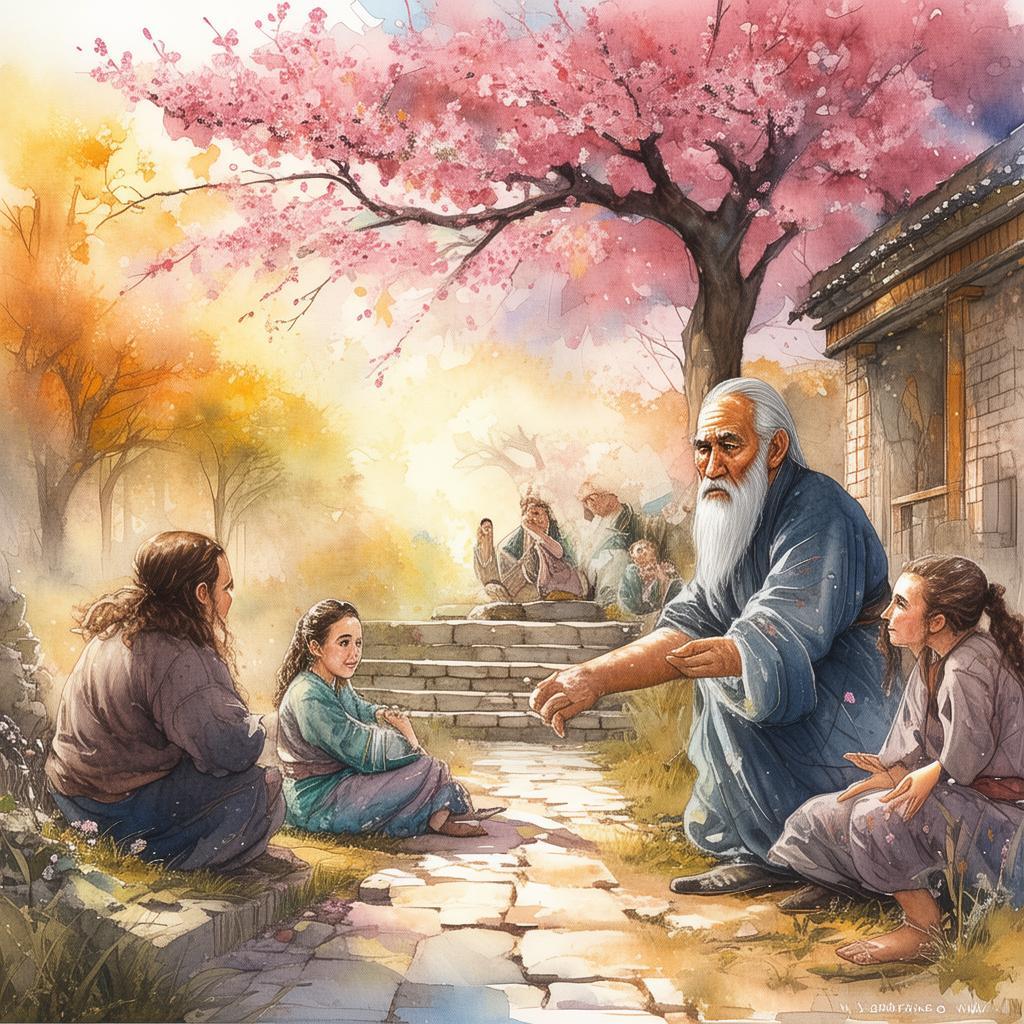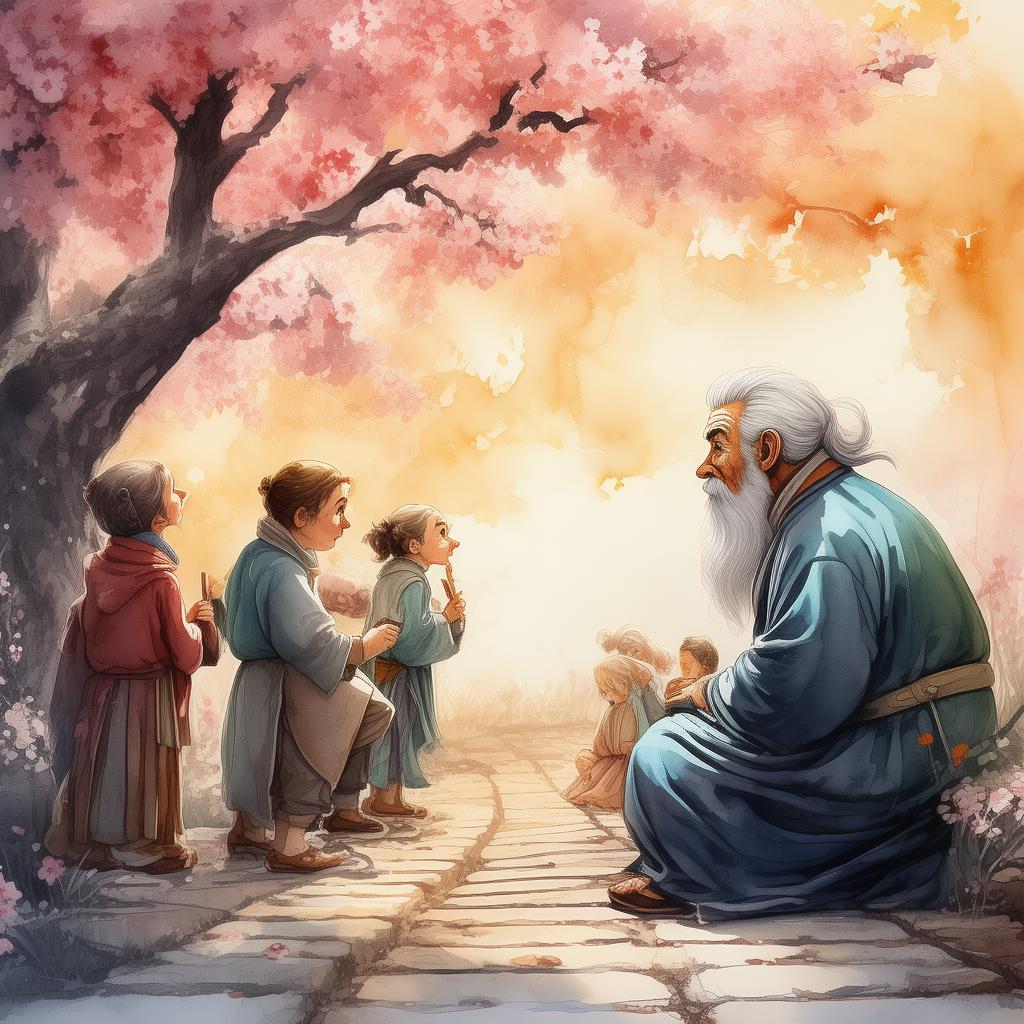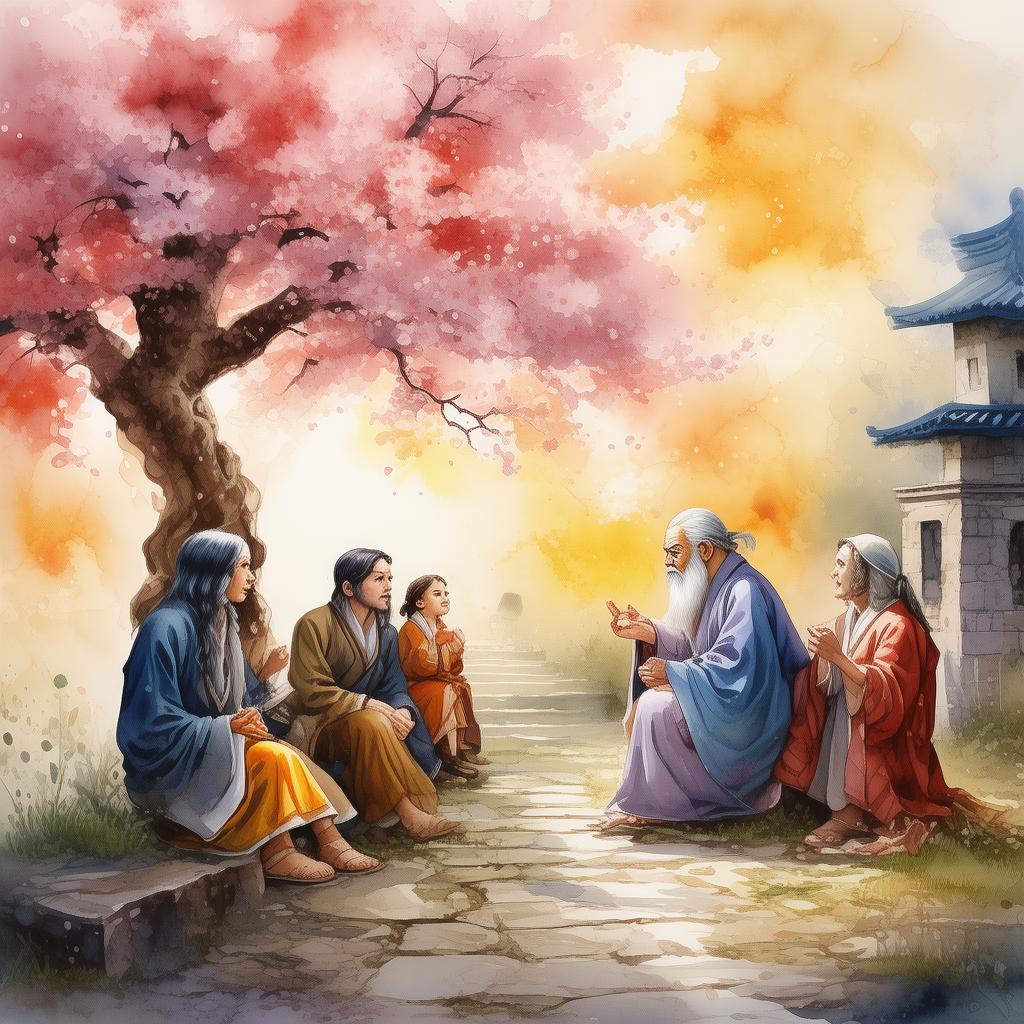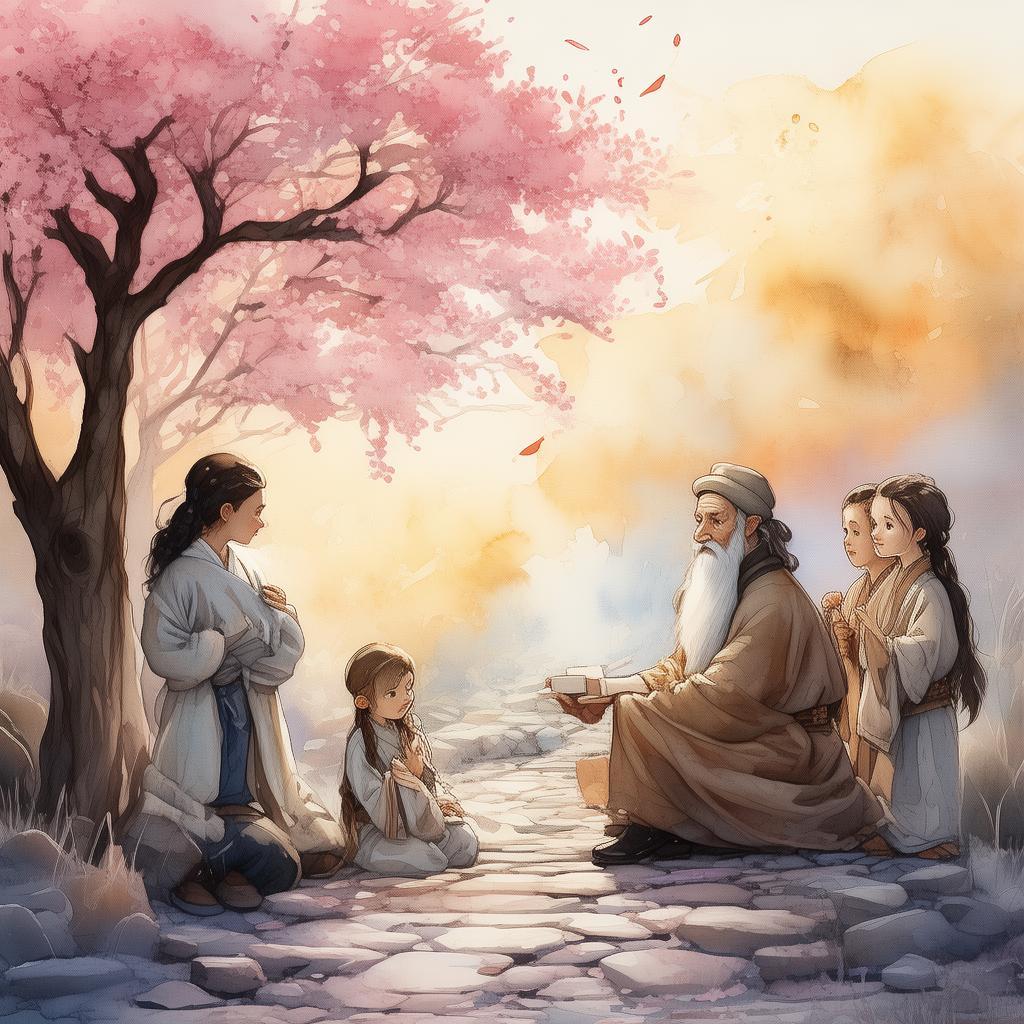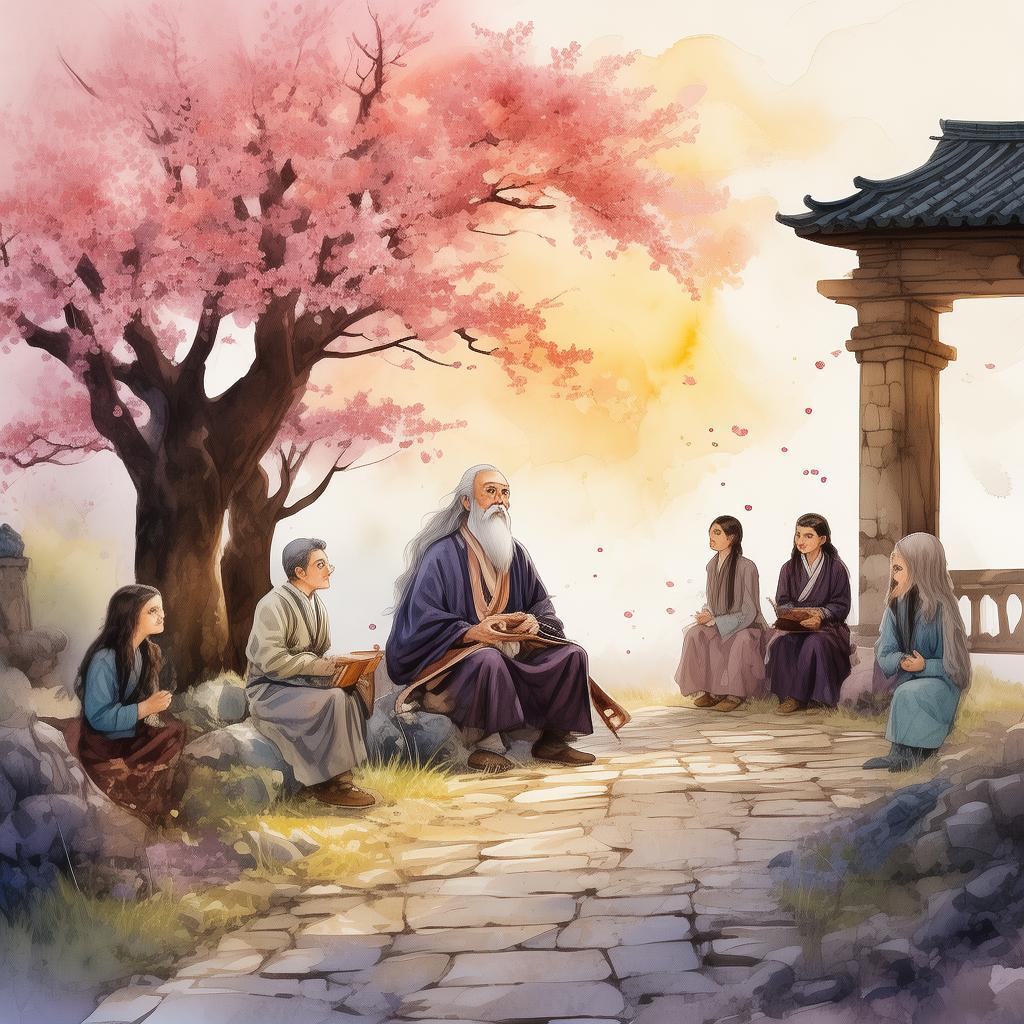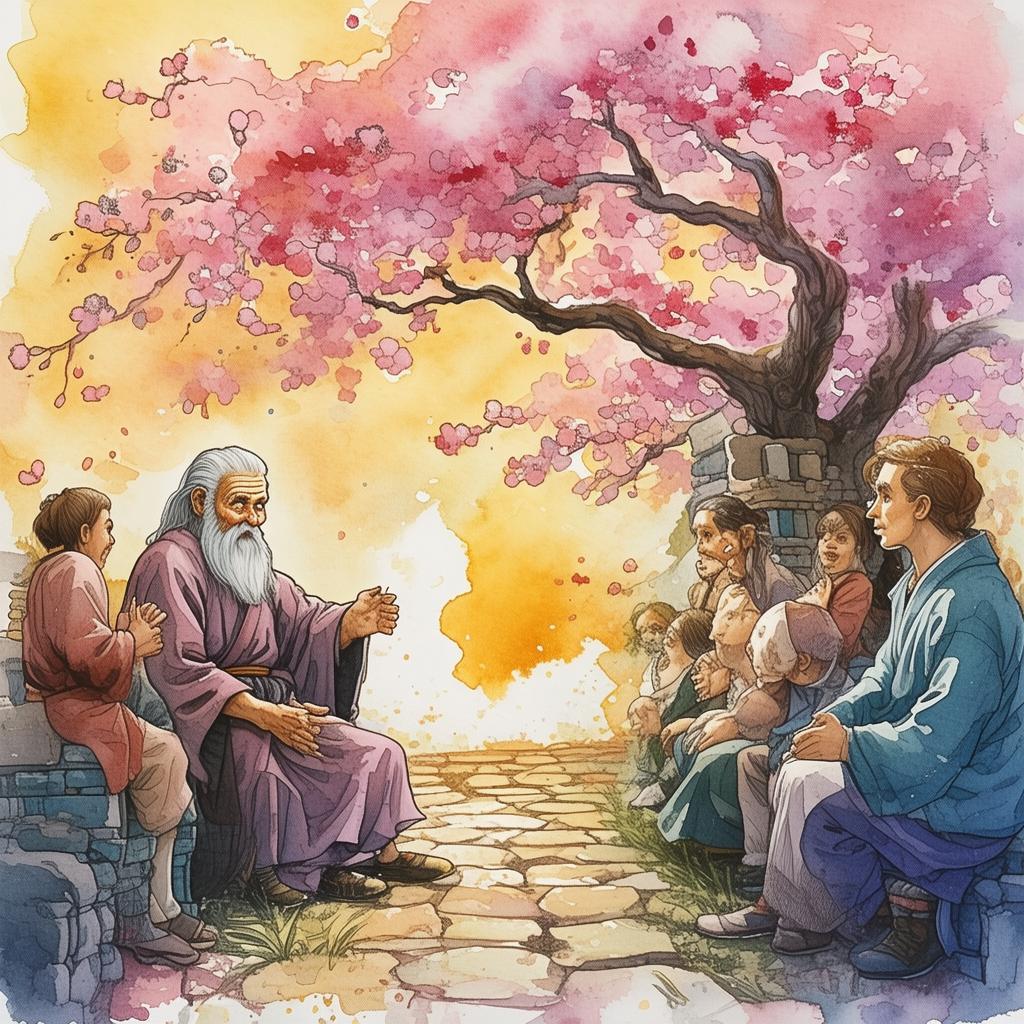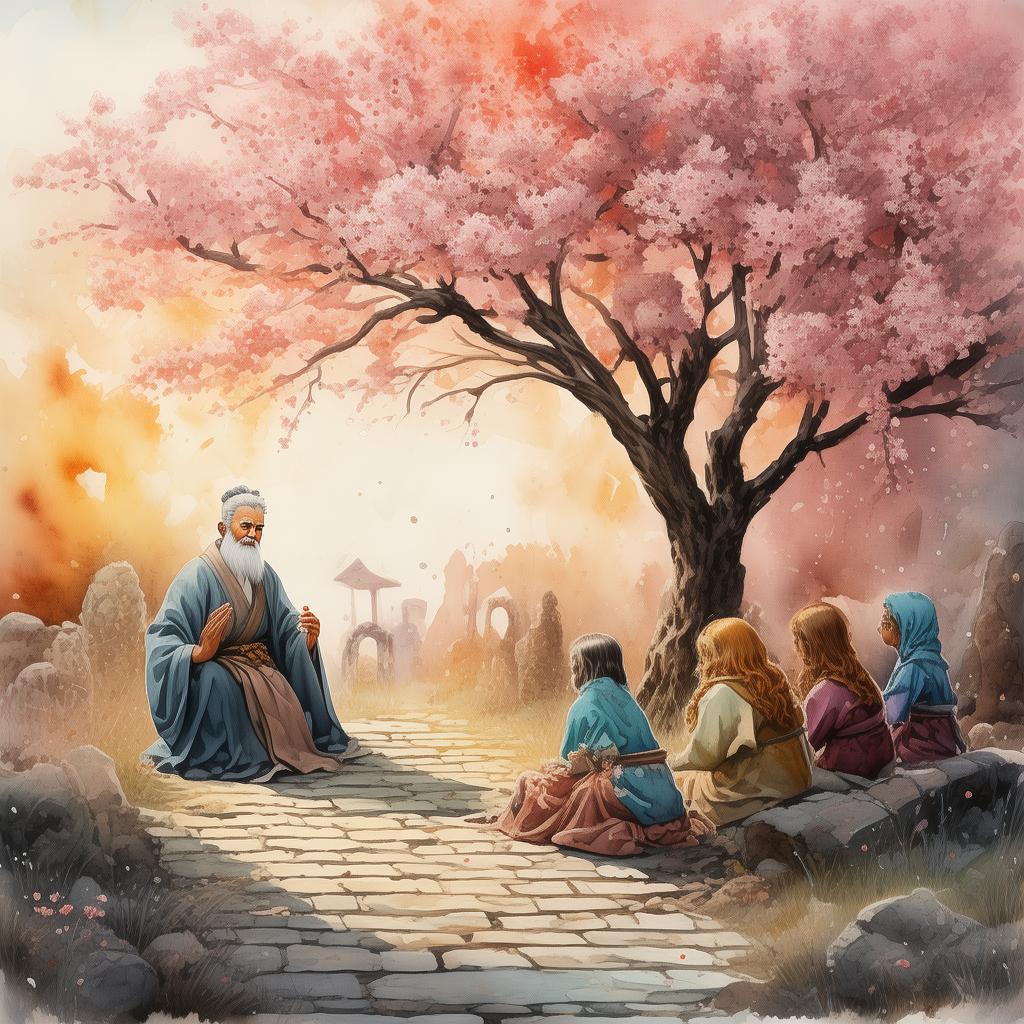The Enigma of the Golden Silk Road
In the heart of ancient China, where the mountains kissed the sky and the rivers whispered secrets, there lay a tale that had been whispered for centuries. It was a story of the Golden Silk Road, a network of trade routes that connected the East and the West, and of a symbol so powerful it could change the fate of empires.
The symbol was known as the Idiomatic Enigma, a symbol that was said to hold the key to untold wealth and wisdom. It was a complex symbol, a jigsaw puzzle of ancient characters that held no meaning to the untrained eye. But to those who knew its secrets, it was a map to a treasure beyond imagination.
In the bustling city of Tongchuan, there lived a young scholar named Liang Chun. He was known for his sharp mind and insatiable curiosity. One day, while poring over ancient scrolls in the city's library, Liang stumbled upon a cryptic passage that spoke of the Idiomatic Enigma. His heart raced with excitement as he realized the significance of the symbol and the treasure it promised.
Determined to uncover the truth, Liang set out on a journey that would take him through the perilous landscapes of the Silk Road. Along the way, he encountered a diverse array of characters, each with their own reasons for seeking the Enigma. Among them was a cunning merchant named Hua, who had heard tales of the symbol's power and was determined to claim it for himself.
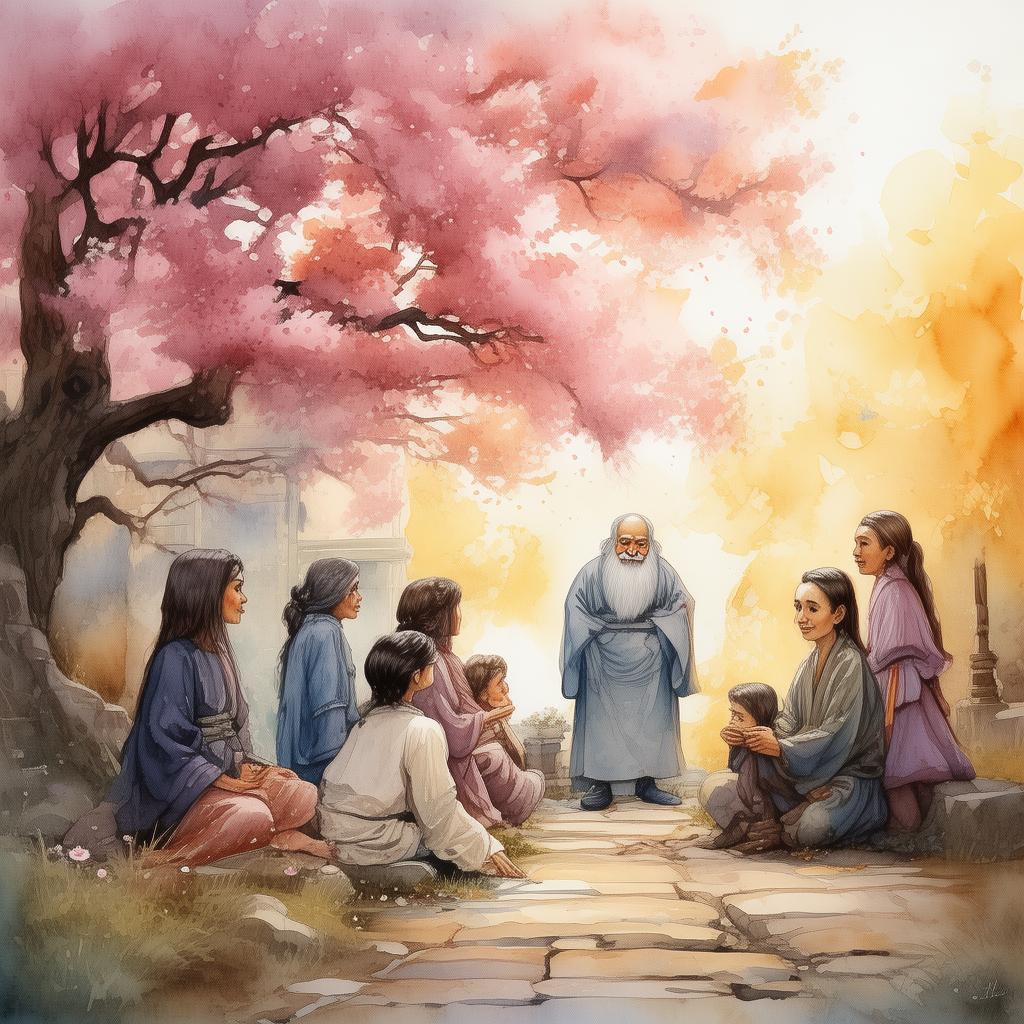
As Liang and Hua journeyed together, they faced numerous challenges. They crossed treacherous deserts, navigated treacherous mountain passes, and outsmarted bandits who sought to claim the Enigma for their own gain. Each step brought them closer to the heart of the mystery, but also to the realization that they were not alone in their quest.
One fateful night, as they camped under the stars, Liang discovered that Hua was not who he claimed to be. He was a spy sent by a rival empire, seeking to exploit the Enigma's power for his own purposes. In a moment of betrayal, Hua revealed his true intentions and struck a deal with the bandits, who had been waiting in the shadows.
In a desperate bid to protect the Enigma, Liang and Hua found themselves pitted against each other. The final confrontation took place in the ruins of an ancient temple, where the Enigma was said to be hidden. As the two men fought for control of the symbol, the temple trembled, and the walls began to crumble.
In the midst of the chaos, Liang realized that the true power of the Enigma lay not in its wealth or wisdom, but in the journey itself. It was a journey of self-discovery, of learning to trust others, and of facing one's fears. With a swift, decisive move, Liang managed to secure the Enigma and flee the collapsing temple.
Hua, defeated and disillusioned, watched as his chance for power slipped through his fingers. He realized that true power came not from wealth or conquest, but from the journey and the knowledge one gained along the way.
Liang returned to Tongchuan, the Enigma safely in his possession. He used its wisdom to help the people of his city, and the tale of the Golden Silk Road and the Idiomatic Enigma became a legend, passed down through generations.
And so, the Enigma of the Golden Silk Road remained a symbol of the journey, a reminder that the greatest treasures are often found not in the destination, but in the journey itself.
✨ Original Statement ✨
All articles published on this website (including but not limited to text, images, videos, and other content) are original or authorized for reposting and are protected by relevant laws. Without the explicit written permission of this website, no individual or organization may copy, modify, repost, or use the content for commercial purposes.
If you need to quote or cooperate, please contact this site for authorization. We reserve the right to pursue legal responsibility for any unauthorized use.
Hereby declared.
